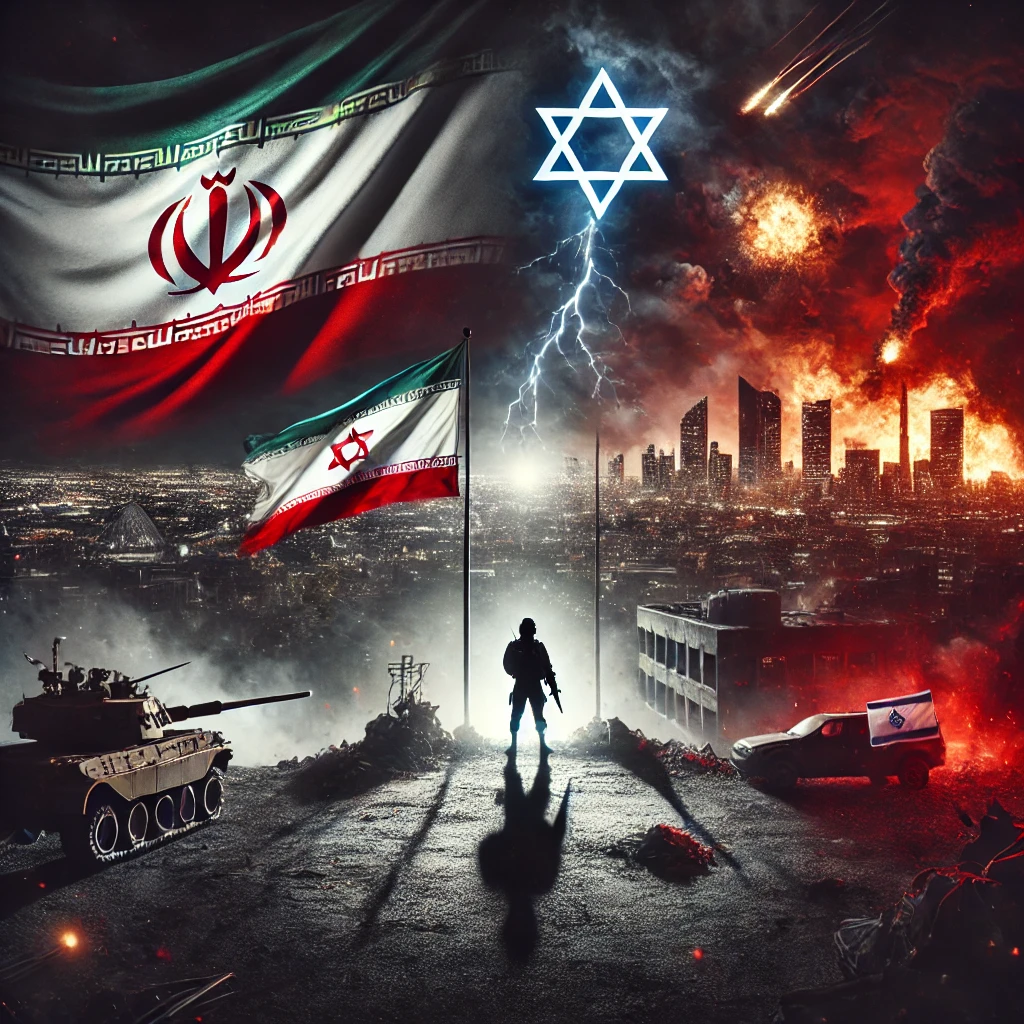Iran-Israel Conflict Escalates: A Five-Day Surge in Military Clashes
Explore the intensifying Iran-Israel conflict as both nations engage in unprecedented military actions over the past five days. Understand the causes, key events, and global implications of this escalating crisis.
Introduction: A Surge in Hostilities
Over the past five days, the longstanding tensions between Iran and Israel have erupted into an unprecedented level of violence. What began as targeted strikes has rapidly escalated into a full-scale military confrontation, drawing in regional and global powers. This blog post delves into the key events of this conflict, examining the causes, major developments, and the broader implications for the Middle East and beyond.
The Catalyst: Israel’s Preemptive Strike
On June 13, 2025, Israel launched “Operation Rising Lion,” a large-scale military campaign targeting over 100 sites across Iran, including nuclear facilities in Natanz and military installations in Tehran and Isfahan. The operation aimed to dismantle Iran’s nuclear capabilities and military infrastructure, which Israel perceives as an existential threat. The strikes resulted in significant casualties and widespread infrastructure damage in Iran .
Iran’s Retaliation: A Coordinated Response
In retaliation, Iran initiated “Operation True Promise 3,” launching a series of missile and drone attacks targeting Israeli cities, including Tel Aviv and Haifa. These strikes caused civilian casualties and damage to infrastructure, including power stations and residential buildings . Iran also deployed its newly developed “Haj Qassem” guided ballistic missile, named after the late General Qasem Soleimani, marking a significant escalation in its military capabilities
Key Developments Over the Past Five Days
Day 1: June 13 – Israeli Airstrikes
Israel’s airstrikes targeted Iran’s nuclear enrichment facility in Natanz, military bases, and missile launchers. The attacks resulted in the deaths of at least 224 people, including military personnel and civilians .en.wikipedia.orgen.wikipedia.org
Day 2: June 14 – Iranian Counterattacks
Iran launched missile barrages at Israeli cities, causing casualties and damage. The strikes targeted military and civilian sites, including the U.S. Embassy in Tel Aviv .
Day 3: June 15 – Escalation Continues
The conflict intensified with continued missile exchanges. Iran’s missile attacks caused fires and injuries in Israeli cities, while Israel’s airstrikes targeted additional Iranian military sites .
Day 4: June 16 – International Reactions
The international community expressed concern over the escalating violence. The United Nations and European Union called for restraint and de-escalation. President Trump left the G-7 summit early to address the crisis, signaling increased U.S. involvement
Day 5: June 17 – Ongoing Clashes
The conflict entered its fifth day, with both sides continuing military operations. Iran’s Supreme Leader Ayatollah Khamenei vowed retaliation, while Israeli Prime Minister Benjamin Netanyahu stated that Israel would continue its operations until Iran’s nuclear threat is neutralized .
Humanitarian Impact and Regional Consequences
The ongoing conflict has resulted in significant civilian casualties and displacement. In Tehran, over 100,000 residents have fled the city due to airstrikes and infrastructure damage . The violence has also disrupted oil production and led to cyberattacks, notably impacting Iran’s Sepah Bank
The conflict has also affected neighboring countries. Russia and China have criticized the U.S. and Israel, advocating for mediation and a return to negotiations .
Prospects for De-escalation
Despite calls for ceasefires and negotiations, both Iran and Israel have shown little willingness to de-escalate. Iran demands an end to Israeli airstrikes and a return to nuclear negotiations, while Israel insists on dismantling Iran’s nuclear program before considering talks .
President Trump has expressed a desire for a “real end” to the nuclear issue with Iran, indicating potential for increased U.S. involvement .
Conclusion: A Volatile Situation
The Iran-Israel conflict has reached a critical juncture, with both nations engaged in sustained military operations and little prospect for immediate peace. The international community faces a challenging task in mediating a resolution to prevent further escalation and regional instability.


0 Comment